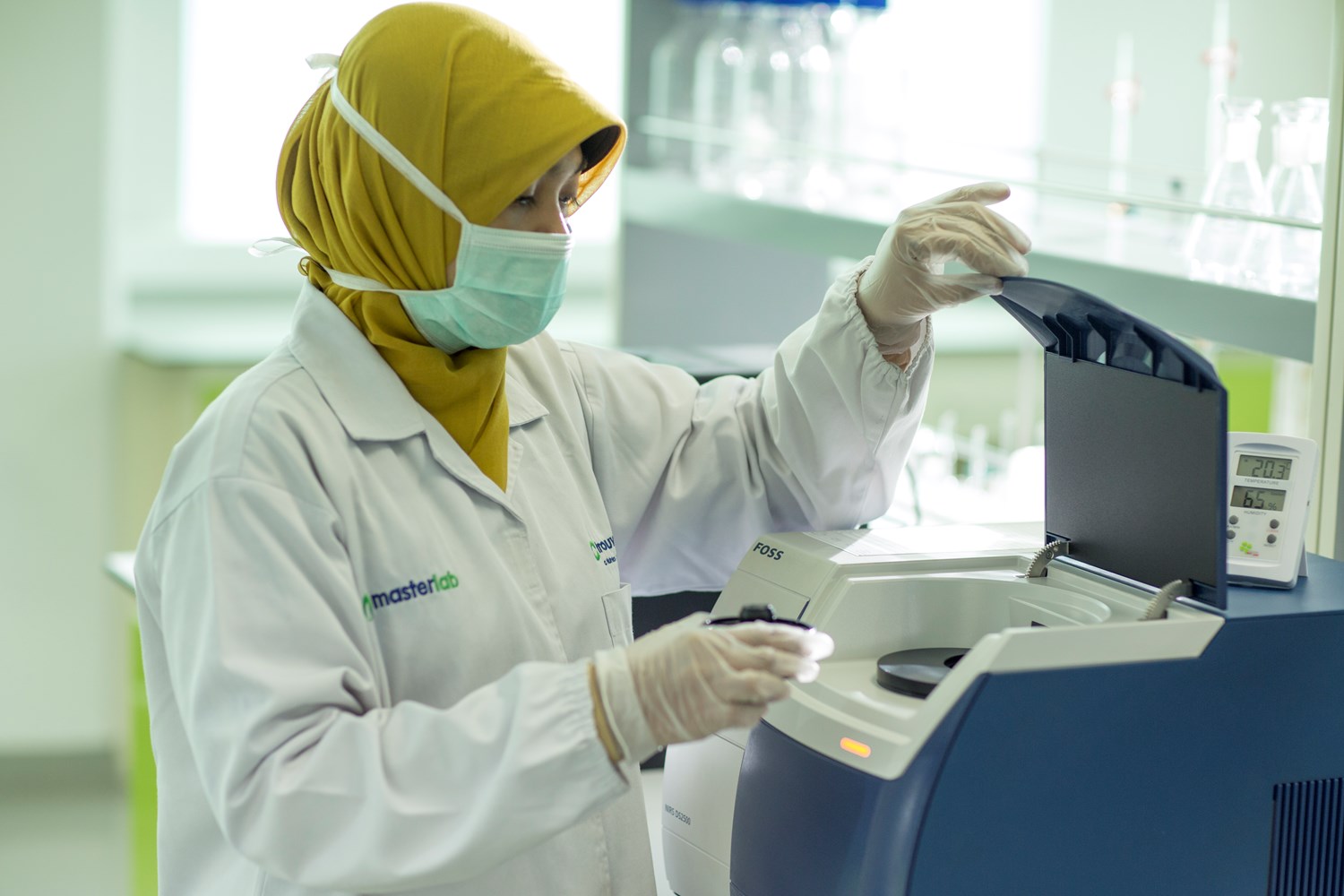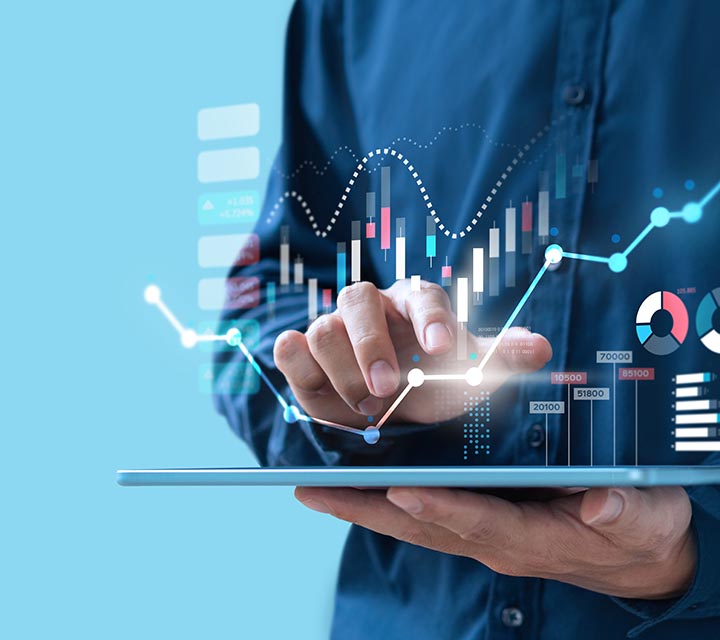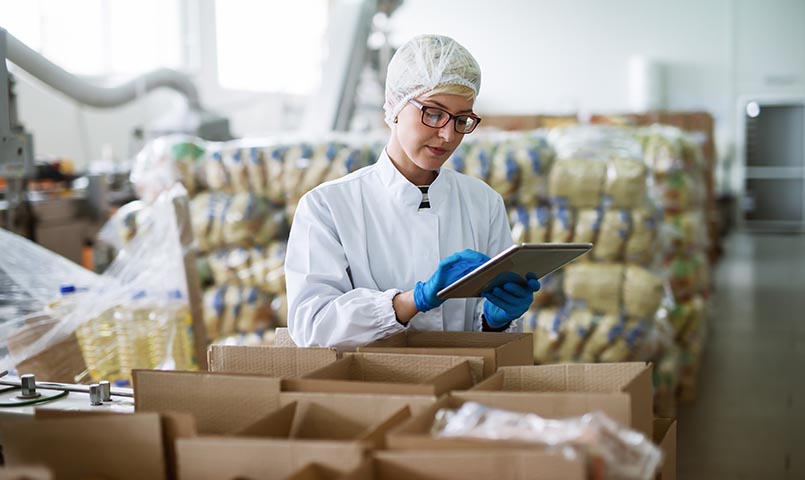Introduction
Food and feed production are integral parts of the global economy. In recent years, the industry has faced several challenges, including volatile market conditions, changing consumer preferences, and both natural and human-caused climate change. These challenges have resulted in an increase in the complexity and volatility of the industry, leading to the need for innovative analysis methods to tackle the issues. In this whitepaper, we will discuss how innovative analysis helps to tackle volatile conditions in food and feed production.
The Need for Innovative Analysis
Volatile market conditions have become a major concern for the food and feed production industry. The prices of raw materials and finished products are subject to fluctuation due to several factors, including supply and demand, weather conditions, and geopolitical events. The industry needs innovative analysis methods to predict market trends and optimize production processes to cope with the volatility.
Changing consumer preferences has also added to the complexity of the industry. Consumers are becoming more conscious of the health and environmental impacts of the food they consume. Innovative analysis methods can help companies to understand consumer preferences and create products that meet their needs.
Both natural and human caused climate change is another significant challenge facing industry. Extreme weather conditions, such as droughts and floods, can affect the production of raw materials and lead to shortages. Innovative analysis can help companies develop resilient production processes that can withstand climate change.
Innovative Analysis Methods
There are several innovative analysis methods that companies can use to tackle volatile conditions in food and feed production. These methods include:
- Data Analytics: Data analytics involves using statistical and computational methods to analyze large datasets. Companies can use data analytics to identify market trends, forecast demand, and optimize production processes.
According to a report by Grand View Research, the global market for food analytics is expected to reach USD 14.3 billion by 2025, with a CAGR of 7.9%. The report cites the increasing demand for food safety and quality as a key driver of the market.
- Genomics: Genomics involves studying the genetic makeup of organisms. Companies can use genomics to develop crops that are more resistant to pests and diseases, leading to higher yields and lower costs.
According to a report by ResearchAndMarkets, the global market for artificial intelligence in agriculture is expected to reach USD 1.4 billion by 2026, with a CAGR of 24.1%. The report cites the increasing demand for precision farming as a key driver of the market.
- Artificial Intelligence: Artificial intelligence involves using computer algorithms to analyze and interpret data. Companies can use artificial intelligence to predict market trends, optimize production processes, and create personalized products that meet consumer preferences.
Another key driver in tackling volatile conditions in food and feed production are software solutions that can help to integrate data from various sources and provide real-time insights that can help farmers and food producers in making informed decisions.
Data analytics can be used to identify patterns and trends in the data, forecast demand, and optimize production schedules. Additionally, a software platform that integrates genomics data can help companies to develop crops that are more resistant to pests and diseases. The platform can analyze genetic data and identify traits that are associated with disease resistance, enabling breeders to develop crops that are more resilient.
Artificial intelligence can also be used to analyze data from multiple sources and provide insights that can help companies to make data-driven decisions. For example, machine learning algorithms can be used to analyze weather data and predict the likelihood of droughts or floods. This information can then be used to inform decisions around crop selection and irrigation.
Visualization tools can simplify the presentation of data and offer real-time insights through dashboards. This feature allows companies to monitor key performance indicators and make necessary adjustments. Incorporating software solutions can help to automate compliance processes, thereby reducing errors, downtime, and non-compliance by eliminating the need for manual data entry. This, in turn, mitigates the risk of human error, and thus it becomes an essential step forward in the digital transformation of leveraging data.
Finally, it is important to ensure that any software platform used in food and feed production is secure and compliant with relevant regulations. The platform should provide robust security features, including user authentication, encryption, and access controls. Additionally, the platform should be designed to comply with regulations around data privacy and cybersecurity.
Conclusion
The food and feed production industries are facing several challenges, including volatile market conditions, changing consumer preferences, and climate change. Innovative analysis methods, such as data analytics, genomics, and artificial intelligence, can help companies to tackle these challenges and create resilient production processes. The market for these methods is growing, indicating companies recognize their importance in the industry's future.
FOSS and IQX are trademarks of the FOSS Group.








